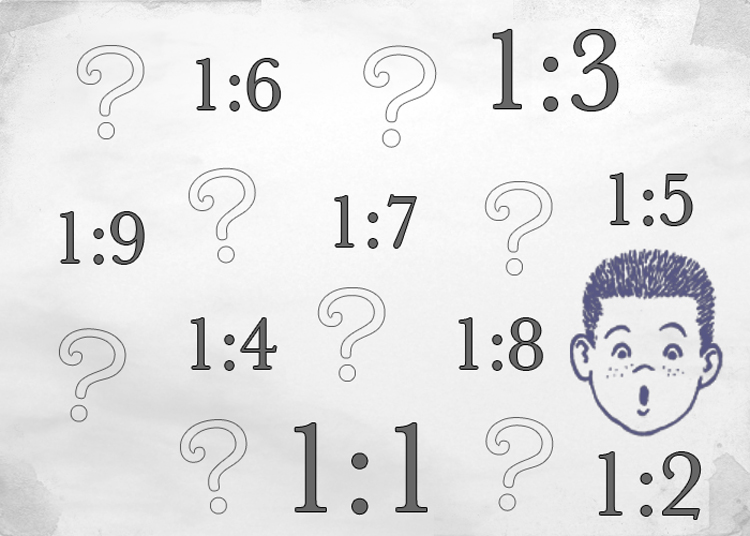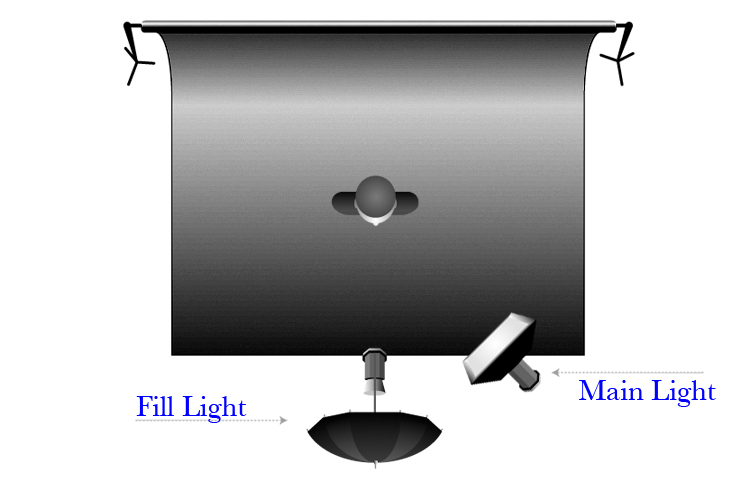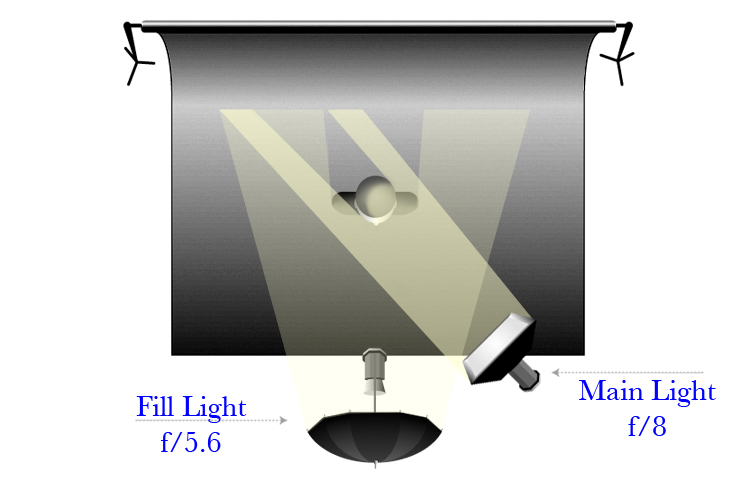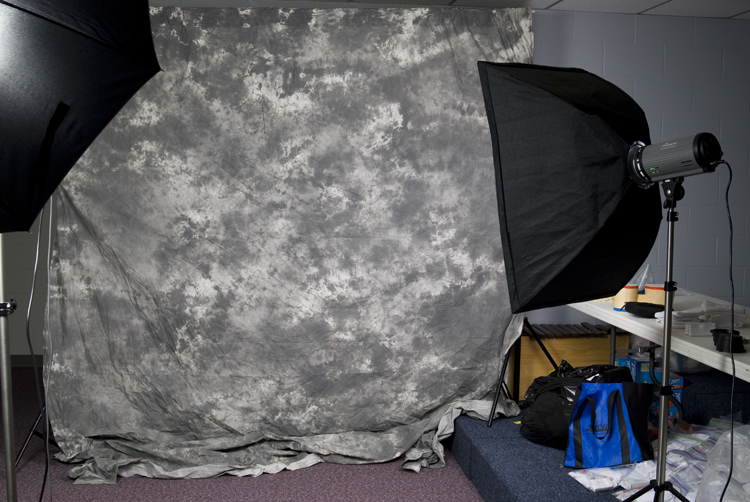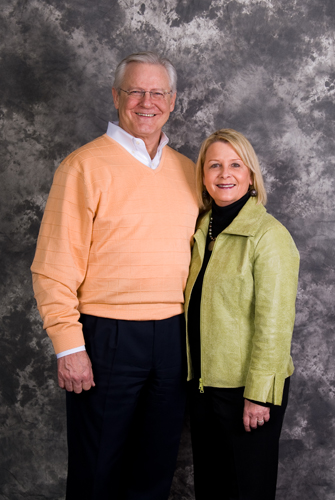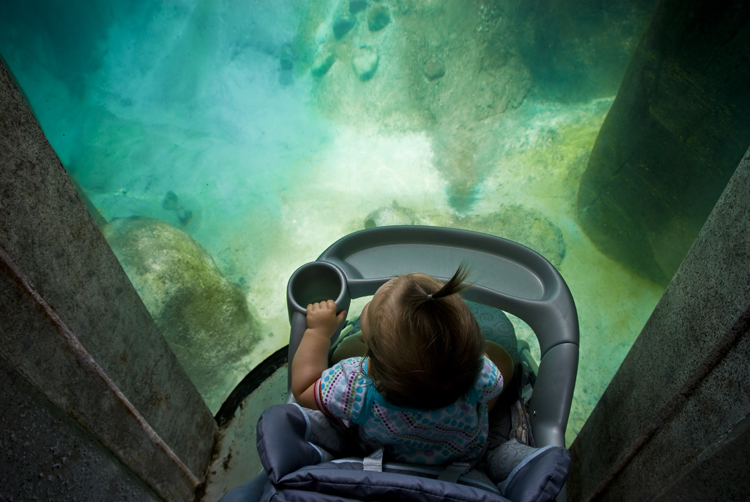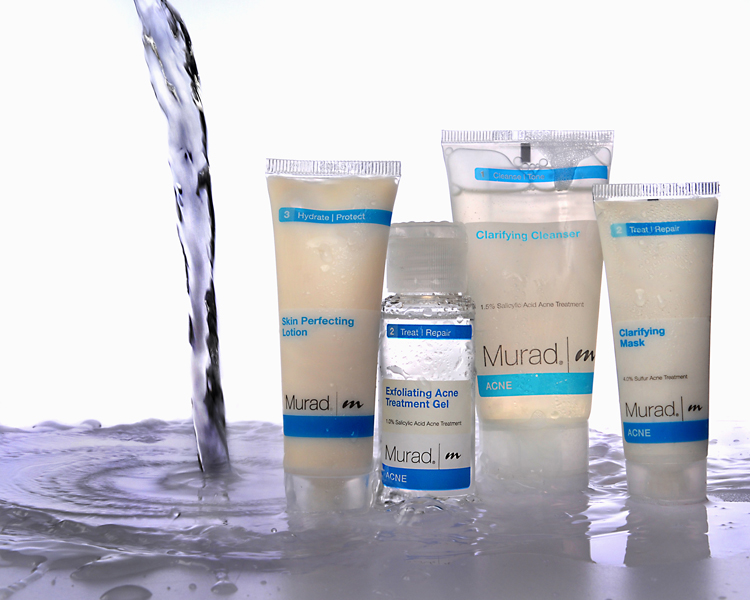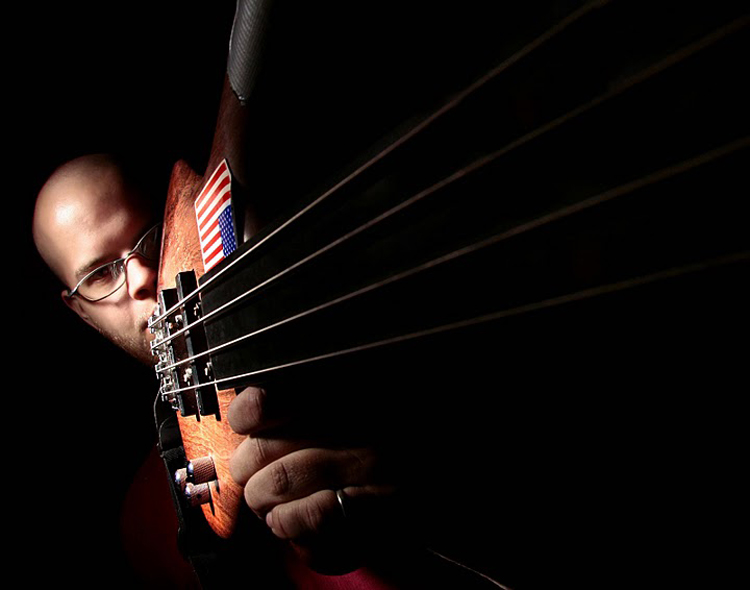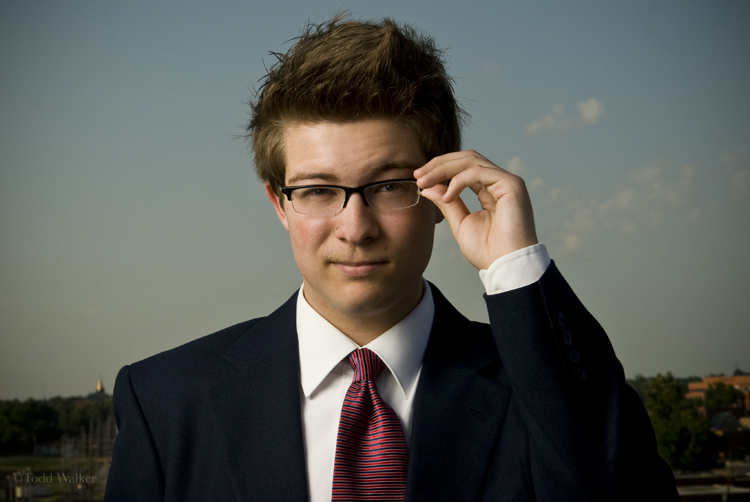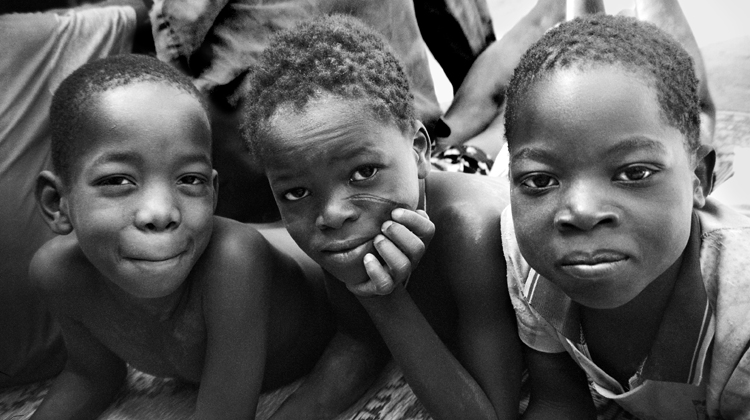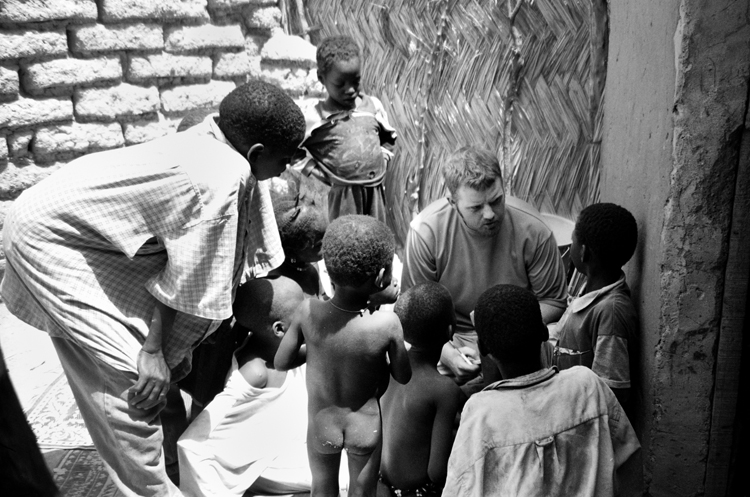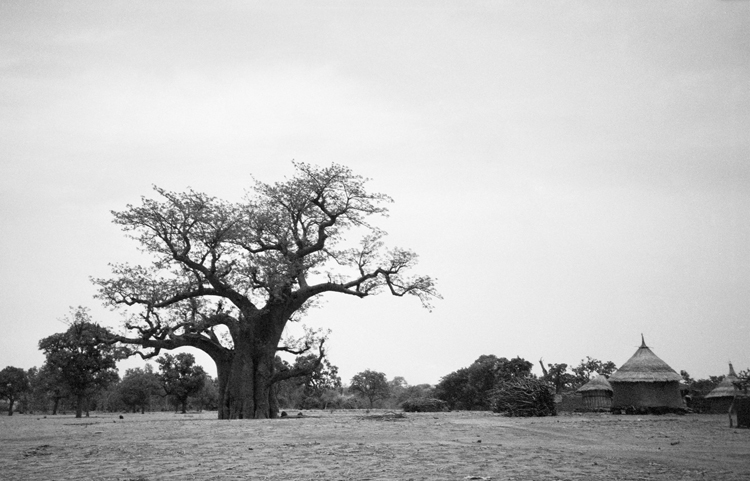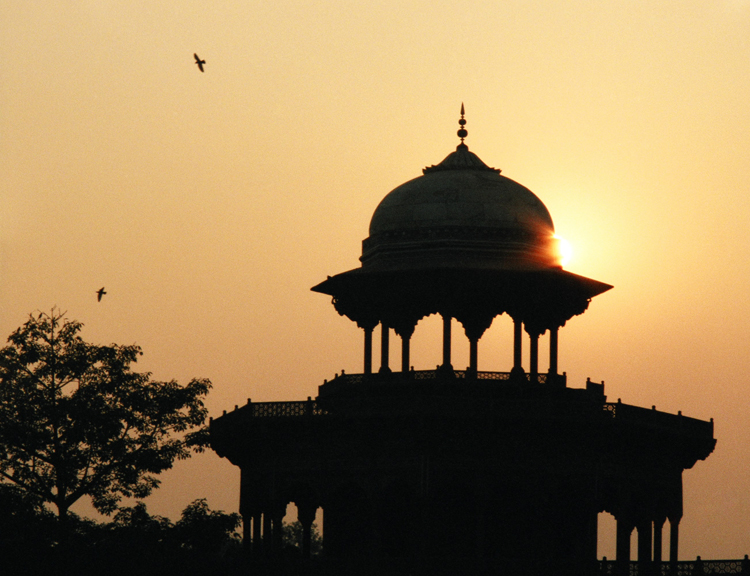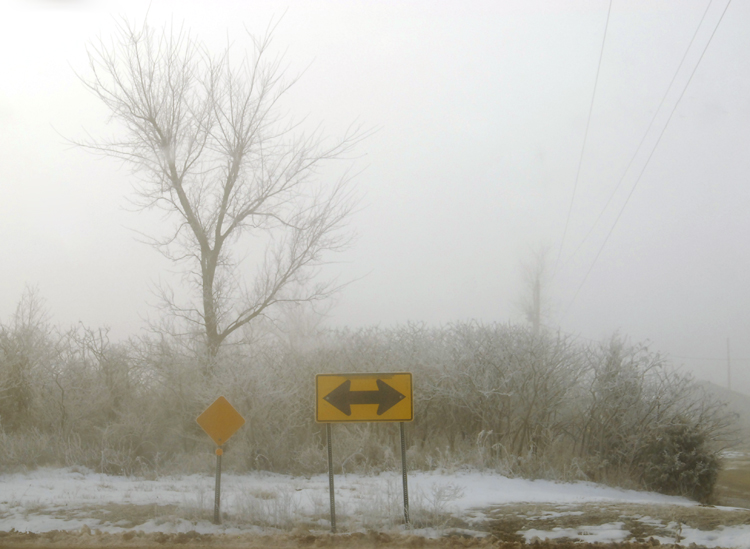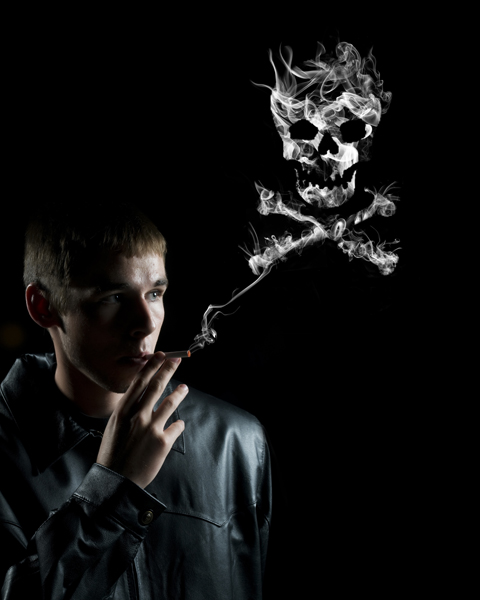
My first reaction was, “wow, that’s a great image.” The image does exactly what its supposed to do: invoke a reaction. Its sharp, well lit, and well composed. The editorial style properly uses dead space which is suitable for text. The deep lighting ratio allows our eye to naturally lead away from the guy to the smoke, which is the real subject of the image. And speaking of the smoke, overall, its simply sick - such a good graphic! A ton of PS work I’m sure, but it was worth it. It paid off.
There are a couple of areas I see that could be improved. These are highly trivial at best. The first thing is the skull formed in the smoke. Let me preface this by saying this is nit-picky, and 99.99% of people would never see it. In fact, people reading this post won’t be able to see it because the image is so small. But when I zoom in to the skull, the edges in the eyes, nose and mouth, are a little too choppy, a little too ridged. The rest of the skull is so well done. The smoke looks very natural and wispy. But these areas look like they’ve been erased with the eraser tool in PS. Nit-picky for sure, but these edges aren’t consistent with the rest of the skull. Looking at the top of the skull and most of the crossbones, the edges look awesome. They look like wispy smoke, but are still well defined. Maybe instead of erasing the edges in question, you could replicate the areas that are so well done. Or, instead of erasing, maybe you could apply some heavy burning (no pun intended). This might give you the same effect, but without the abrupt deletion of the smoke. But again, this is highly trivial. Just an exercise in trying to improve, even when there is little room for improvement.
The second thing I think would help the image just a tad, would be to add a hair light. It kinda bugs me that the dude’s head disappears into oblivion. I think it would help visually replicate the skull and crossbones. Doing so would better tie the guy’s head and the skull together - showing what’s gonna’ happen to him if he keeps smoking.
Those are two very small things that could be improved upon. As is, the image is quite good. Nicely done Sleven! Thanks for sending it in! Keep doing what you’re doing. On second thought, don’t keep doing what you’re doing – strive to get even better!!
Anyone have anything else to say about Stephen’s photo? Feel free to post a comment and chime in! But, as always, be respectful of your fellow photog. Any ignorant or unhelpful comments will be removed and your hard drive will crash. Okay, maybe not, but it made you think didn’t it? =)
To everyone else out there reading this:: If you are interested in having your image(s) critiqued, you can email them to toddwalkerphotography@gmail.com. Large files please, I'll resize them myself (and I promise not to use them for anything other than the one blog post). Put “Critique” in the subject line. I take these very seriously, and vow to give you an honest, worthwhile assessment of your images. My goal is to improve our craft as a whole. I’d love to see your stuff, and try my best to help you improve.
Now, go out and shoot something!

